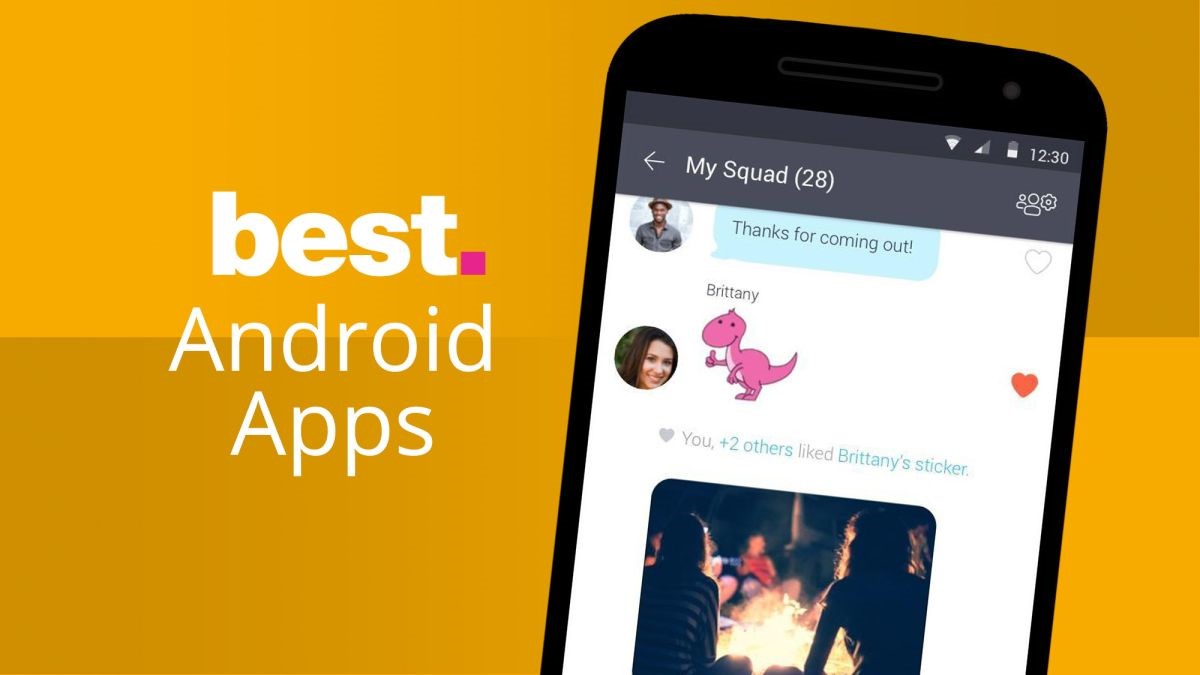These modern times are moving at faster speeds. Over the years, smartphone technologies have gained immense popularity. Today we have thousands of mobile apps available for download on both iOS and Android devices. These handy applications have made life a lot easier.
Mobile application development services have revolutionized our Global Village (internet) into a modern city Only old people can recall the use of a modem (old router), which was used to connect our computers to the internet via outdated telephones. Sadly, the new generation will never know it was sweat and blood work to connect to the internet back in those days. The internet has today turned its head towards digital dominance; connecting wirelessly to the internet medium. Mobile devices such as smartphones, iPads, and tablets have overpowered traditional desktops and laptops.
Furthermore, many online businesses are using the latest mobile apps technologies to their best advantage. Besides, it has helped them improve their user experience on their ecommerce websites. There are several smartphone application technologies available today. Each of them has their specific purpose, and are highly flexible to adjust into your business model. Some of the latest smartphone apps features are as follows:
1. Built-in Internet of Things (IoT) Apps
The IoT also known as the Internet of Things is a major step towards the global connectivity of multiple devices. Now we can easily connect our smartphones with our television, computers, and other home appliances. IoT has opened the doors of convenience; everybody can enjoy a comfortable lifestyle by using this latest mobile apps technology. Internet of Things is a flexible way to connect your digital devices.
Furthermore, IoT offers valuable insights; you can measure the temperature of your thermostat, refrigerator, and other relatable devices. It helps lower the total cost of mobile application development and supports the simultaneous usability of interconnected devices.
2. Flexible Apps for Foldable Devices
Smartphones are continuously evolving with new designs, the latest features, and other inbuilt specifications. Surprisingly, we even got to see phones that flip and fold; even their screens are foldable as well. Also, it has led to the making of flexible mobile apps that are flexible. Some of the popular foldable devices include the Samsung Galaxy Z Fold series, Motorola Razr 5G, Huawei Mate series, and Xiaomi’s Mi Mix Fold series.
Moreover, fold devices mean usability improvements. Thus, mobile applications are automated with fold phone gestures, making it easy for content creators to use their foldable devices. Consequently, foldable digital technologies have helped programmers learn new tricks and techniques to manipulate virtual controls to their advantage.
3. 5G Mobile Connectivity
The rollout of 5G has enabled sellers and buyers to enjoy maximum internet speeds. It has helped mobile apps programmers design their applications with the latest features. They’re able to add both lightweight and hefty features to portable applications. The growth of 5G is expected to reach its maximum capacity in the next four years.
The year 2021 has observed an increased ratio of 3.5% more mobile users as compared to last year. Furthermore, 5G technologies are expected to deliver high internet speeds with a 10x decrease in loading speeds. The entry of 5G into mobile apps development will help programmers add new features to smartphone applications without affecting their performance.
4. Mobile Apps sync with Wearable Devices
Over the years, the increase of wearable devices has enabled users to enjoy practical in-hand conveniences. For instance, an Apple Watch can read your heart pulse rate, learn your sleeping habits, and measure your blood pressure levels.
The most popular wearables are smartwatches, fitness trackers, and AR/VR headsets. Surprisingly, users can now download thousands of mobile apps directly on their wrists. What more could we ask from the latest mobile technology developments?! Wearables have open doors to a whole new dimension of using digital technologies.
5. Online Store Beacons
Beacon technologies have added advanced functionality to mobile apps dedicated to shopping platforms, healthcare departments, and other departments. The first mobile application to use this technology was in the year 2013. But over the years, progress has been made to use beacon technologies for a variety of purposes.
For example, you created a mobile application for retailers that includes beacon technology. Eventually, your clients will be able to add beacons to their online store through the mobile application on a user’s smartphone. Beacons notify clients when users make a sale, spend more time on a specific product, or add products to their cart. It helps you create customized notifications you can send to your customers at a later date.
6. Mobile eCommerce
Unquestionably, ecommerce mobile apps are the most popular ones. Over the years, businesses are using smartphone technologies to leverage their businesses online. From sellers to online content creators, and from celebrities to social media influencers, everyone has turned towards ecommerce marketing. Online businesses are using every tactic to attract new clients. Dedicated mobile applications in particular have seen increased popularity over the past few years.
Furthermore, mobile commerce has allowed entrepreneurs and businesses alike to play all the cards. Even the likes of Amazon and Alibaba are being targeted by newly established firms through ecommerce advancements.
7. Artificial Intelligence (AI)
In our modern times, there’s no digital area that hasn’t been touched by the Artificial Intelligence (AI) phenomena. Today we have virtual assistance embedded through inbuilt mobile apps. Some of the popular ones include Siri, Google Assistant Alexa, Bixby, and Cortana. AI integrations for mobile applications include face detection, fingerprint scanning, vital sign measuring, text/image difference, voice recognition, and predictive user’s buying behaviors. In short, mobile apps are now integrated with advanced machine learning technologies.
The features are added to the mobile applications after every year. The race has started between the two top tech giants to deliver smart technologies to their clients.

